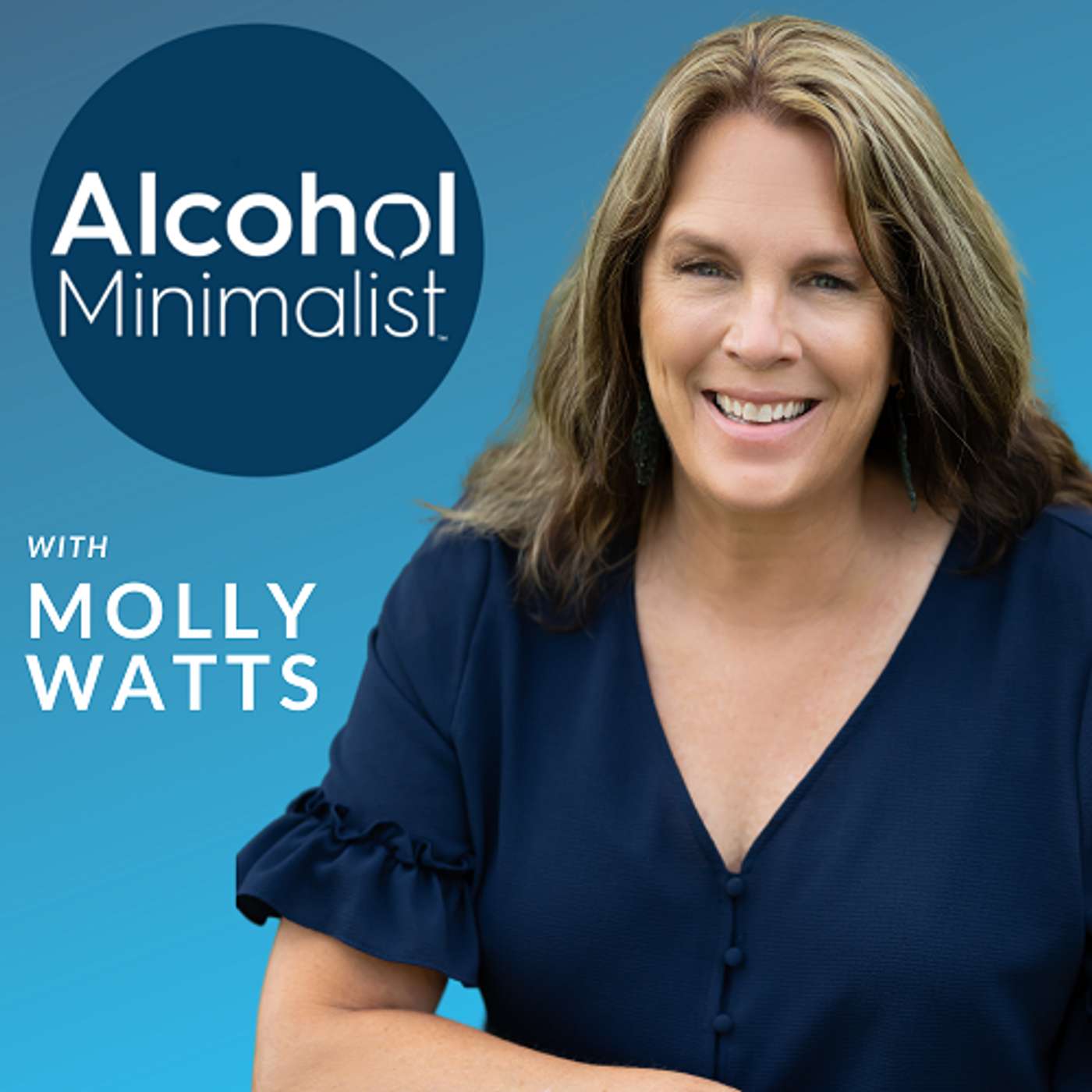
Alcohol Minimalist: Change Your Drinking Habits!
Revisiting: Stopping the Shame Spiral Around Your Drinking
24 Mar 2025
In this episode, Molly revisits one of the most important conversations around changing your relationship with alcohol—how shame can keep you stuck, and how to break free from the shame spiral.This episode is a spring break replay, and for good reason—it’s one of Molly’s favorites and a foundational message for anyone working to become an alcohol minimalist.In this episode, you’ll learn:What shame really is and how it’s different from guiltWhy shame is especially destructive for daily habit drinkersThe role shame played in Molly’s personal journey with alcoholHow shame often masks itself as “powerlessness” and leads to hiding, isolation, and more drinkingWhy understanding your thoughts is the key to disrupting shameThree science-informed strategies to stop the shame spiral: Name it – acknowledging shame takes away its powerSelf-compassion – treating yourself like you’d treat a friendSeparate your thoughts from your identity – you are not your drinking behaviorYou’ll also hear:A powerful quote from Brené Brown on the unspeakable nature of shameHow common narratives (like the AA concept of “powerlessness”) may unintentionally reinforce shameWhy living in the gains rather than the gap is essential for motivation and long-term changeTakeaway Message:Shame doesn’t help you change. In fact, it keeps you stuck. The pathway to lasting transformation starts with understanding your thoughts, practicing self-compassion, and learning how to disrupt the automatic cycles that have been running your drinking habit.Resources Mentioned:Brené Brown’s definition of shamePrevious episodes on “The Gap and The Gain” (Think Thursday episodes)Tools for becoming a better thinker and understanding your brainWant more support?Check out our programs at www.mollywatts.com or join our free Facebook group Alcohol Minimalists: Change Your Drinking Habits. You’re not alone—and you are absolutely capable of creating peace with alcohol.Low risk drinking guidelines from the NIAAA:Healthy men under 65:No more than 4 drinks in one day and no more than 14 drinks per week.Healthy women (all ages) and healthy men 65 and older:No more than 3 drinks in one day and no more than 7 drinks per week.One drink is defined as 12 ounces of beer, 5 ounces of wine, or 1.5 ounces of 80-proof liquor. So remember that a mixed drink or full glass of wine are probably more than one drink.Abstinence from alcoholAbstinence from alcohol is the best choice for people who take medication(s) that interact with alcohol, have health conditions that could be exacerbated by alcohol (e.g. liver disease), are pregnant or may become pregnant or have had a problem with alcohol or another substance in the past.Benefits of “low-risk” drinkingFollowing these guidelines reduces the risk of health problems such as cancer, liver disease, reduced immunity, ulcers, sleep problems, complications of existing conditions, and more. It also reduces the risk of depression, social problems, and difficulties at school or work. ★ Support this podcast ★
No persons identified in this episode.
This episode hasn't been transcribed yet
Help us prioritize this episode for transcription by upvoting it.
Popular episodes get transcribed faster
Other recent transcribed episodes
Transcribed and ready to explore now
SpaceX Said to Pursue 2026 IPO
10 Dec 2025
Bloomberg Tech
Don’t Call It a Comeback
10 Dec 2025
Motley Fool Money
Japan Claims AGI, Pentagon Adopts Gemini, and MIT Designs New Medicines
10 Dec 2025
The Daily AI Show
Eric Larsen on the emergence and potential of AI in healthcare
10 Dec 2025
McKinsey on Healthcare
What it will take for AI to scale (energy, compute, talent)
10 Dec 2025
Azeem Azhar's Exponential View
Reducing Burnout and Boosting Revenue in ASCs
10 Dec 2025
Becker’s Healthcare -- Spine and Orthopedic Podcast